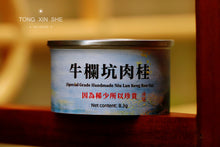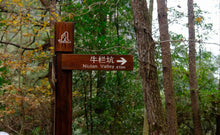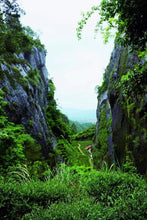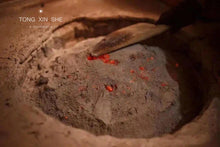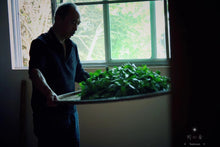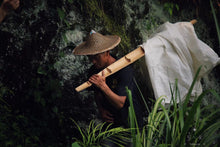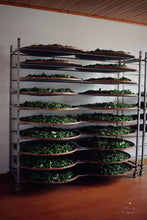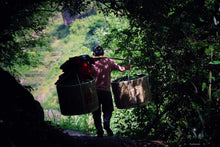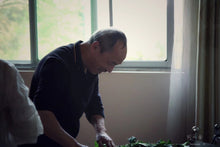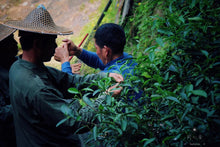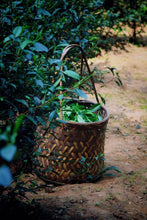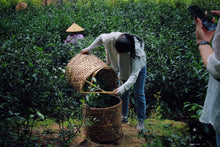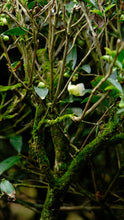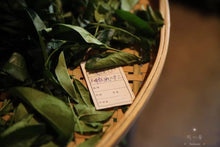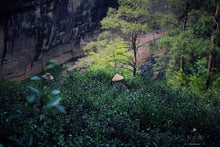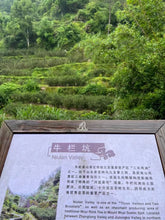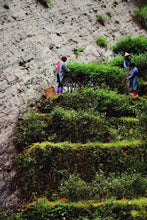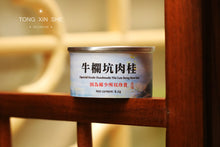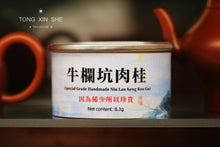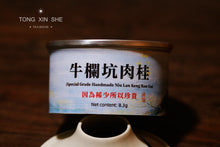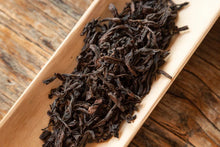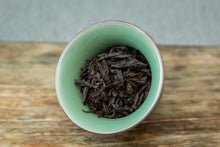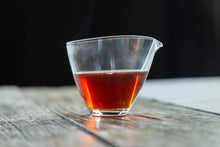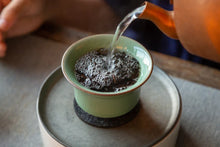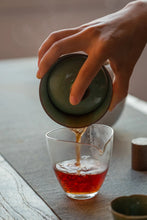
If someone asks which is the most expensive Rou Gui in Wuyishan? The answer to him must be Niu Lan ValleyRou Gui. Niulankeng is located in the core area of the three pits and two streams in Wuyi Mountain Scenic Area, that is, an east-west pit stream between Zhangtang Stream and Jiulongchai. Niulankeng has a special environment and is especially suitable for the growth of tea trees. The cinnamon grown here benefits from the excellent environment, and the quality of the tea produced is excellent. The Niulan Pit is surrounded by a large number of rocks on both sides, and there is a small stream in the middle that runs through the entire pit. The tea trees growing here have no shortage of water all year round. . The soil in the pit is gravel loam, which is especially suitable for the growth of rock tea. The tea trees grown in such soil are rich in minerals and have the rock-bone flower fragrance of Wuyishan Zhengyan tea. Due to the special geographical location of Niulankeng, it has formed its own microclimate in the pit, which also makes the tea trees growing in Niulankeng have its own unique mountain flavor compared with tea trees in other mountain farms.
The self-contained microclimate and unique geographical environment make Niu Lan Valley Rou Gui rush to the forefront of Rou Gui in Wuyi's many mountain fields, ranking first for a long time, and it is rare to have any rivals. The Niu Lan Pit is long and narrow, and there is less land available for planting tea trees. The annual production of cinnamon tea green raw materials is scarce, and the low yield has pushed the price of Niu Lan Valley Rou Gui to new highs again and again. Even though tea prices hit new highs again and again, Niu Lan Valley Rou Gui is only picked once a year at most during the spring tea season. Picking only once a year is the best way to ensure sufficient accumulation of the inner quality of the tea leaves.
Every year in late April, Tongxinshe Teahouse will return from Shenzhen to Wuyi Mountain to invite Mr. Wang Guoxing to handcraft some limited edition rock teas, including Niu Lan Valley Rou Gui. Picking standards, in terms of production, Mr. Wang Guoxing's hand-made ability matches Niu Lan Valley Rou Gui. Although machine production can increase the production of finished tea and reduce the working time of tea masters in tea making, the tea leaves made by hands can better ensure the quality of each piece of tea and have a higher temperature. The traditional hand-made craftsmanship of Wuyi Mountain is a precious wealth left to the tea people of Wuyi Mountain under the historical choice of hundreds of years. In the roasting process, the traditional charcoal roasting process is undoubtedly selected. Under charcoal roasting, the dross in Niu Lan Valley Rou Gui is removed, and the essence of cinnamon in Niulankeng is taken, so that the treasures treasured by nature in tea can be revealed under the baptism of charcoal fire again and again. The better the quality of tea, the more traditional charcoal roasting process is preferred. The combination of the aura of mountains and rocks nurtured by nature and the traditional craftsmanship of Wuyi Mountain creates a surprising taste experience.
Tasting this Niu Lan Valley Rou Gui, such a precious tea, it is a great pleasure to share it with friends. It is boiled with mountain spring water. When waiting for the water to boil, you can smell the aroma of the dried tea first, and you can smell it in the dried tea To a touch of cinnamon and charcoal fragrance. The boiled mountain spring water is flushed high into the Gaiwan containing the Niu Lan Valley Rou Gui. In order to better taste this cinnamon, Gaiwan is chosen, because Gaiwan can minimize the impact on the aroma and taste of the tea, and the tea fragrance overflows from the Gaiwan with the slow injection of boiling water. During the turning of the wrist, the orange-yellow tea soup poured from the gaiwan into the justice cup. When the first tea soup is entered, the aroma of charcoal fire first, then the aroma of cinnamon comes out, and finally the aroma of the mountain field dominates, and the overall taste of the soup is mellow and smooth. In the second and third brews, the cinnamon incense is dominant with a green and fragrant fragrance. The two complement each other, making the tea rich, mellow, and accompanied by a cool breath. At this time, the sweetness in the mouth becomes more and more obvious, making people feel swallowing unconsciously. After drinking five or six bubbles, the taste tends to be gentle, and the mountain atmosphere of Niulankeng begins to stand out. When drinking to seven or eight brews, the soup is smooth and long, the aroma is more and more quiet, and the woody flavor in the tea is gradually revealed. After ten brews, the tea soup is sweet and soft, with a long-lasting flavor. The overall taste is quite enjoyable, changing from a strong varietal aroma to a soft and restrained woody aroma, which is natural and full of surprises.
The years go by, the time turns, and the deep charm of the mountains and streams penetrates into the tea bit by bit, showing the charm of nature to people through the tea soup. Different from other mountain cinnamon, Niulankeng cinnamon has a more flavorful aroma, high saturation of the soup, and prominent rock charm, which fully demonstrates the geographical advantage of Niu Lan Valley Rou Gui, and it is no exaggeration to say that it is the darling of nature.
This Wuyi Niu Lan Valley Rou Gui is very collectible, and tea lovers are welcome to taste it.

























